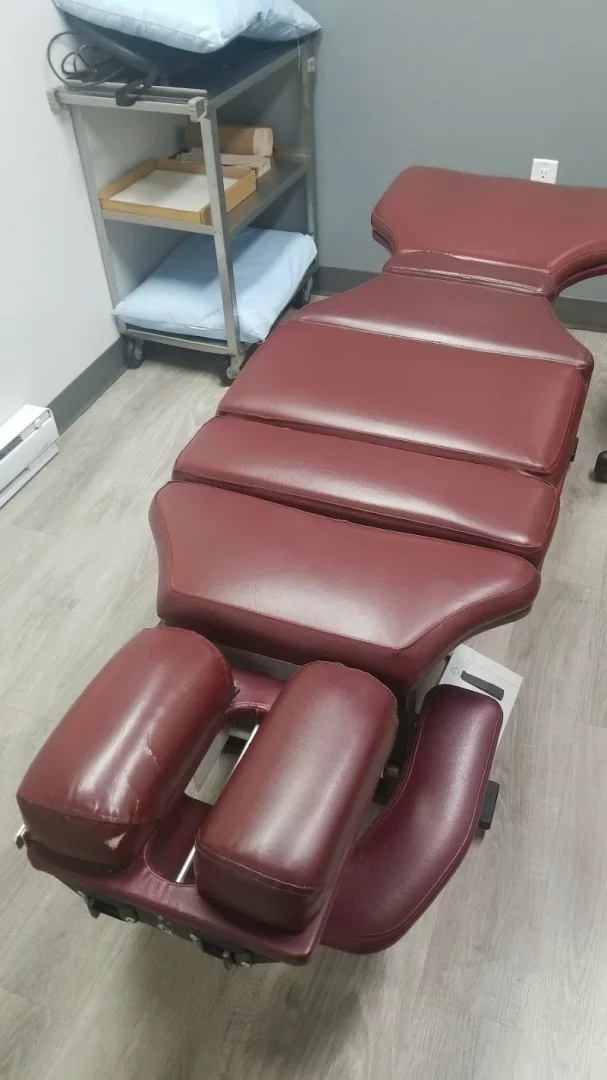As a Chiropractor lower back pain is one of the most common problems that I see at my Winnipeg offices. A number of my patients come to me with an MRI report in hand and it’s findings. These findings can give us some good information about our patients in conjunction with a full history and physical examination. On its own, the results of the MRI may result in an improper diagnosis.

MRI findings: those without back pain
I found an old research paper titled, Magnetic Resonance Imaging of the Lumbar Spine in People Without Back Pain, written in the New England Journal of Medicine, July 1994. Here are the highlights of what they found after looking at the MRIs of 98 people between the ages of 20 and 80:
- 64 percent of the images had one lower back intervertebral disc abnormalities and 38 percent had abnormalities at more than one spinal level.
- The prevalence of disc abnormalities increased the older the person was.
- 67% of those over 50 years of age (27 people) had disc abnormalities
- 27% of those under 50 years of age (71 people) had disc abnormalities
- Those who exercised more were more likely to have a disc abnormality.
When is an MRI recommended?
When is it appropriate to have an MRI? I found this on the Spine Health website
- After 4 to 6 weeks of leg pain, if the pain is severe enough to warrant surgery
- After 3 to 6 months of low back pain, if the pain is severe enough to warrant surgery
- If the back pain is accompanied by loss of appetite, weight loss, fever, chills, shakes, or severe pain when at rest then this may indicate that the pain is due to a tumor or an infection.
- For patients who may have lumbar spinal stenosis and are considering an epidural injection to alleviate painful symptoms
- For patients who have not done well after having back surgery, specifically if their pain symptoms do not get better after 4 to 6 weeks.
So what does this make you think?
These are the thoughts that go through my head about this:
- Based on these findings, is the MRI necessary in many of the people who come through my door? Have these patients been appropriately sent for an MRI.
- Are Primary Care Providers (Medical doctors, Chiropractors, etc) referring patients for MRIs for the wrong reason; using it as the gold standard for the diagnosis of lower back pain?
- How does a MRI finding of disc abnormality affect our patients? I have had patients label themselves with a disc herniation and explain that is the reason why they never get 100% better. Based on this paper could the MRI findings be negatively affecting our patients and be a reason for their chronicity.
Patients need to be educated that their MRI finds are not a diagnosis on it’s own. When the history, examination and imaging (MRI) all point in the same direction then that is when a diagnosis can be made.
Dr Notley
Chiropractor and/or Athletic Therapist in Winnipeg since 2000
Originally posted on May 17, 2022 @ 4:36 pm
